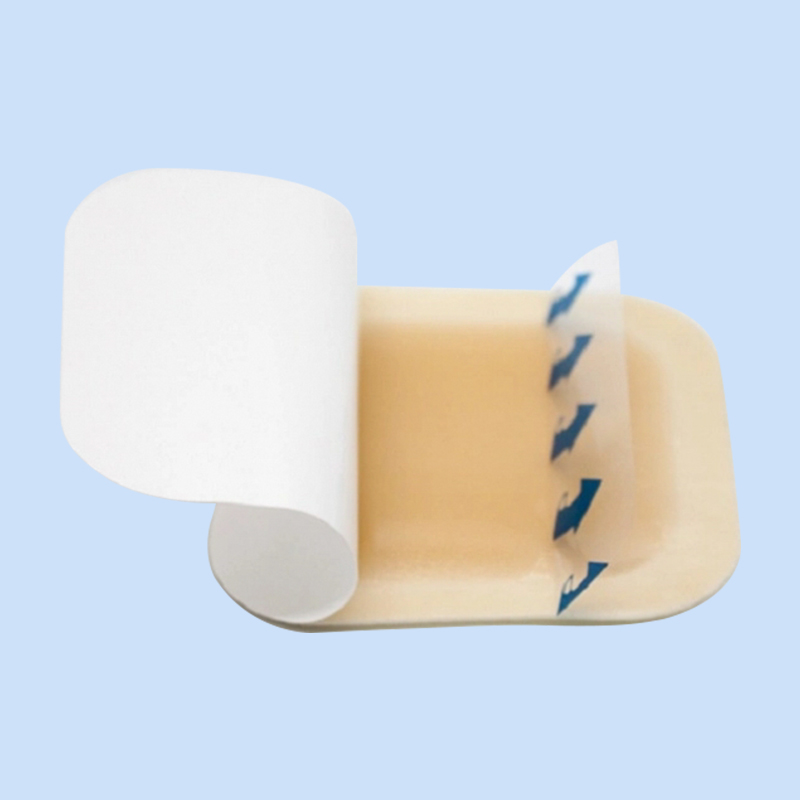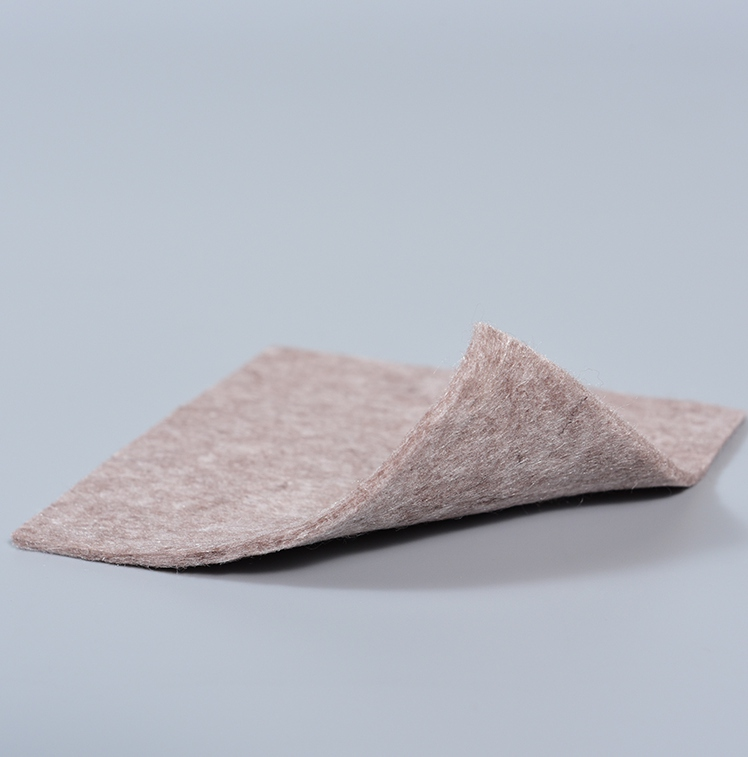
- English
- Español
- Português
- русский
- Français
- 日本語
- Deutsch
- tiếng Việt
- Italiano
- Nederlands
- ภาษาไทย
- Polski
- 한국어
- Svenska
- magyar
- Malay
- বাংলা ভাষার
- Dansk
- Suomi
- हिन्दी
- Pilipino
- Türkçe
- Gaeilge
- العربية
- Indonesia
- Norsk
- تمل
- český
- ελληνικά
- український
- Javanese
- فارسی
- தமிழ்
- తెలుగు
- नेपाली
- Burmese
- български
- ລາວ
- Latine
- Қазақша
- Euskal
- Azərbaycan
- Slovenský jazyk
- Македонски
- Lietuvos
- Eesti Keel
- Română
- Slovenski
- मराठी
- Srpski језик
Are advanced Wound Dressings Revolutionizing Patient Recovery and Care?
2025-08-28
In healthcare settings worldwide,from hospital trauma units to home care,wound management has long been a critical yetchallenging task.Traditional gauze dressings,while affordable,often fall short in retaining moisture,preventing infection,and accelerating healing—key factors that directly impact patient recovery time and quality of life.But today,a new generation of advanced wound dressings is emerging,prompting avital question:Are these innovations reshaping how we care for wounds and improving patient outcomes?
Recent market data and clinical feedback suggest the answer is increasingly “yes.”Unlike conventional options,modern wound dressings are engineered with specialized materials tailored to different wound types—from chronic ulcers to surgical incisions.Hydrocolloid dressings,for example,create a moist environment that speeds up cell regeneration,while alginate-based variants absorb excess exudate(wound fluid) to reduce inflammation.Foam dressings,meanwhile,offer superior cushioning for high-friction areas like heels,lowering the riskof further tissue damage.

Infection prevention is the primary task of wound care and has also been promoted.Many new dressings,such as silver ion dressings,can inhibit bacterial growth without damaging healthy tissues.Research has found that compared to patients using standard gauze, patients treated with antibacterial dressings for surgical wounds have a 40% lower infection rate.

Haorun Company has a 62 year old patient who suffers from leg vein ulcers.After struggling with slow healing wounds for several months, he switched to using hydrogel dressings last year. She said,'In the past,my ulcer would leak water and keep getting infected - I could hardly walk.'.Now,the dressing remains dry and my wound is almost completely closed.This has changed everything.
With the advancement of technology,the future of wound dressings looks more promising. Haorun researchers are developing "smart" dressings embedded with sensors to monitor wound PH or temperature and alert caregivers of infection risks before symptoms appear. This new development can detect potential complications 48 hours earlier than visual inspection.
So,are advanced wound dressings revolutionizing recovery?While cost and access gaps persist,their ability to reduce pain,prevent infection,and speed healing has already transformed care for millions.For healthcare providers and patients alike,the question is no longer if these innovations matter—but how to ensure they reach everyone who needs them.



